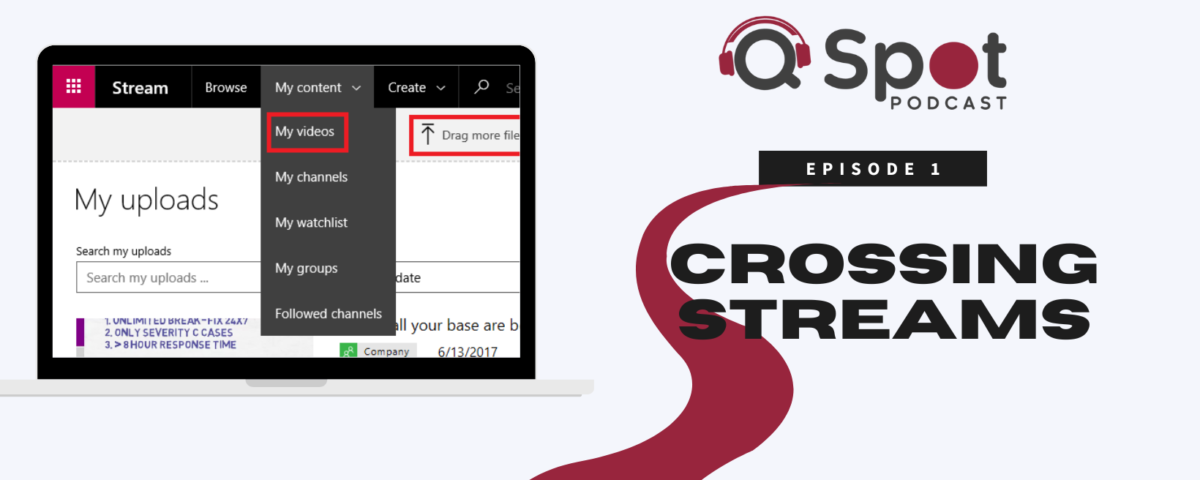In this podcast, we discuss Microsoft Stream, an enterprise video sharing service that can be thought of as Microsoft’s answer to YouTube. We delve into the history of video sharing and how Microsoft Stream has evolved over time to address the shortcomings of previous video solutions in the corporate world.
Microsoft Stream was launched in 2017 and came with a range of innovative features, including automatic transcription into multiple languages and easy chaptering. However, the biggest issue with the classic version of Stream was that it was separate from other Microsoft administration tools, making it difficult for administrators to manage permissions and governance. As a result, users didn’t use Stream unless they were forced to.
To address these issues, Microsoft recently released a new version of Stream called Stream on SharePoint. This new version treats video as a normal file format within SharePoint and OneDrive, making it more integrated and easier to manage from a governance perspective. This integration with SharePoint also allows for better permissions management and makes video a more seamless part of the company ecosystem.
In this episode we provide insights into the history and evolution of video sharing services for businesses. The conversation highlights the importance of video as a medium for communication and how Microsoft is adapting to changing user needs with the latest version of Stream. As businesses increasingly rely on digital tools and platforms for communication and collaboration, services like Microsoft Stream on SharePoint are likely to become even more essential.
Important Links
- To use Stream (Classic) videos in SharePoint Online, you can copy the URL of the video and paste it into a web part on your page or news article. https://learn.microsoft.com/en-us/stream/embed-video-sharepoint
- You can migrate your content from Stream (Classic) to OneDrive and SharePoint using the Migration Manager tool. You can choose when and how to migrate your videos based on your needs. https://learn.microsoft.com/en-us/stream/streamnew/stream-classic-to-new-migration-overview
- You can adopt strategies to help your users transition from Stream (Classic) to Stream (on SharePoint), such as communicating the benefits of the new experience, providing training and support, and monitoring feedback. https://learn.microsoft.com/en-us/stream/streamnew/classic-to-new-adoption
Enter the Q Spot
Join the Q Spot community and get access to the latest podcast episodes, Microsoft promotions, course discounts and more.


